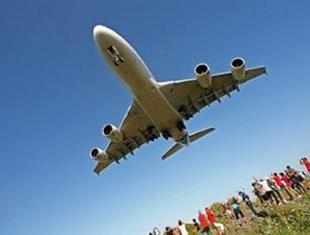New Delhi, Apr 9: The Federal Aviation Authority (FAA) on Wednesday upgraded India’s aviation safety ranking to Category-1 status, more than 14 months after removing the country from the elite list citing deficiency in several parameters.
 The decision of the United States aviation watchdog, conveyed to Civil Aviation Minister Ashok Gajapathi Raju by US Transportation Secretary Anthony Foxx, paves the way for Indian airlines to expand their services and allows US carriers to enter into code-sharing agreement with them.
The decision of the United States aviation watchdog, conveyed to Civil Aviation Minister Ashok Gajapathi Raju by US Transportation Secretary Anthony Foxx, paves the way for Indian airlines to expand their services and allows US carriers to enter into code-sharing agreement with them.
India has managed to return to Category-1 status faster than other countries. While Israel took four years, the Philippines is waiting for about six years and Indonesia seven years to re-enter the category.
“India complies with international safety standards set by the International Civil Aviation Organisation and has been granted a Category-1 rating under the FAA’s International Aviation Safety Assessment (IASA) programme,” Foxx told Raju during a meeting here.
“We are happy about restoration of status. It speaks well about our aviation safety and security. It generates opportunities for our airlines and we hope they will harness them,” Raju said.
Foxx said he wanted to congratulate India on the “big news” because India worked “very hard over the last one year” to achieve that status.
“The US and Indian aviation officials have an important, cooperative working relationship. The US government commends the Government of India for taking corrective action to address the safety oversight issues identified during the IASA process,” he said.
The downgrade came in January 2014, as India could not meet the parameters on two counts — insufficient number of flight operations inspectors and lack of required training for airworthiness officers to handle all types of aircraft.
The downgrade had brought India below Pakistan and on par with countries like Ghana, Barbados and Bangladesh after Directorate General of Civil Aviation (DGCA) failed to meet the ICAO safety standards.





Comments
Add new comment